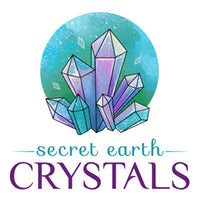SHUNGITE
Specifications
Mineral Class: Mineraloid
Crystal System: Amorphous
Hardness: 3.5 - 4
Luster: Semi-Metallic
Diaphaneity: Opaque
Colors: Black
Symbolizes: Purity
Source: Russia


Shungite is a black, lustrous, non-crystalline mineraloid, primarily made up of carbon. It has been reported to contain trace amounts of fullerenes. Shungite gets its name from the Shunga Village in Russia where it was first discovered in 1879. Shungite has two main modes of occurrence, spread within the host rock and as mobilized material. Migrated Shungite, which is bright, lustrous Shungite, has been interpreted to represent migrated hydrocarbons and is found as either layered Shungite; layers or lenses near the host rock layering, or vein Shungite, which is found as cross-cutting veins.
Shungite may also occur as clasts within younger sedimentary rocks. Peter the Great reportedly set up Russia’s first spa to utilize the properties of Shungite for royal elites. He is also purported to have requested its use in purifying water for the Russian Army due to its antibacterial properties which have only recently been confirmed via modern science. Shungite was also used in the past for pigmentation, being finely ground up for and also known as carbon black. Shungite is primarily found in Russia.

